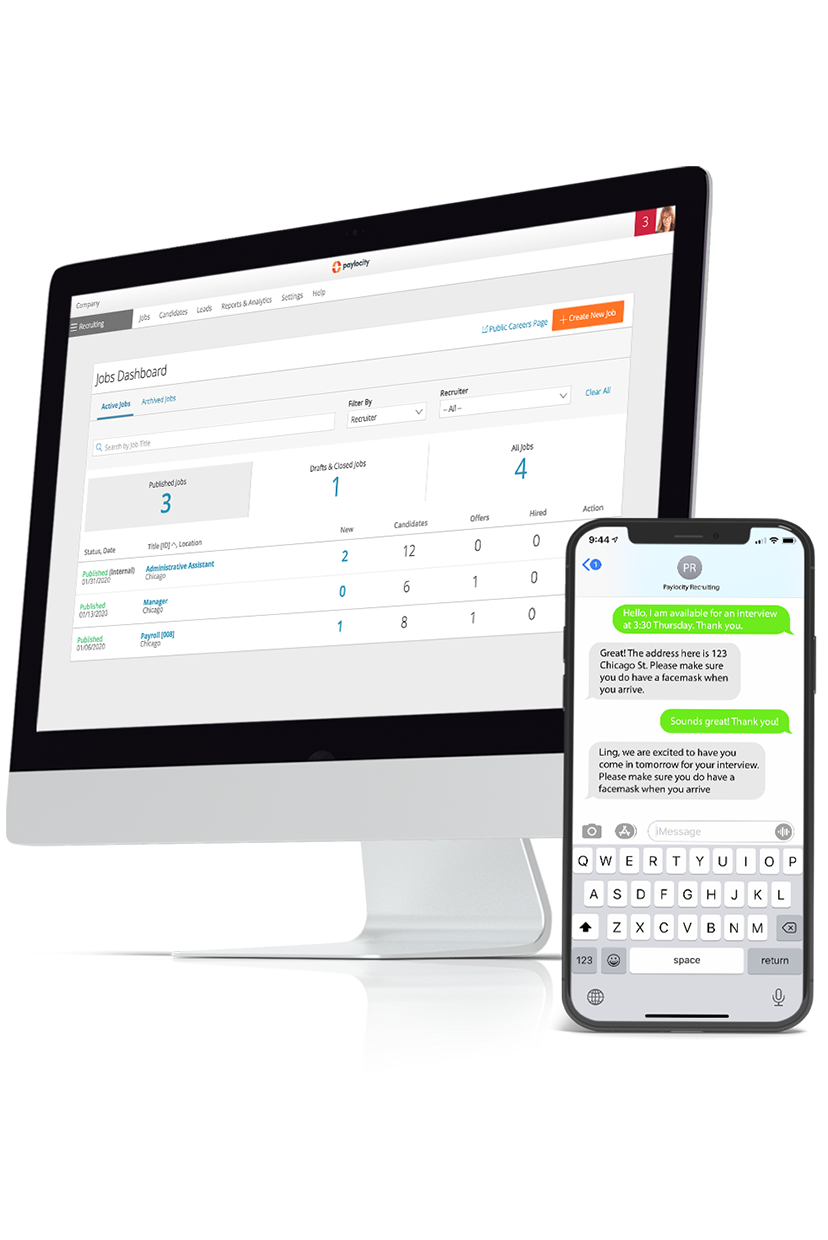STAR Method
Summary Definition: A structured method of answering interview questions about a candidate’s probable behavior in a hypothetical or past scenario.
What is the STAR Method?
The STAR Method is a type of interview response technique used to answer behavioral questions (e.g., “How do you handle setbacks at work?”). It helps candidates give clear, concise responses during the interview, thus demonstrating their problem-solving skills and achievements.
Key Takeaways
- The STAR Method is a way to prepare and give concise answers during a job interview when asked how you’d handle a situation at work.
- The acronym stands for Situation, Task, Action, and Result, each of which are steps to complete when giving an answer in an interview.
- Candidates can also use the STAR Method to prepare for interviews ahead of time and practice how they’ll answer behavioral questions the interviewer may pose.
STAR Method Elements
The STAR acronym stands for Situation, Task, Action, and Result. Each element is a step a candidate can use when giving their response during the interview.
Situation
Candidates should start their response by giving context to the interviewer to better describe the situation that was faced. This should include any relevant details, like the former employer’s industry, the candidate’s job at the time, and any challenges the candidate faced.
Task
Next, the candidate should describe their role or responsibility in that specific situation and what they were supposed to achieve. Using specific details will help the interviewer understand the scope of the candidate’s involvement and how their actions contributed to the eventual results.
Action
This is where the candidate explains the course of action they took to handle the situation. They should give as many details as possible about their decision-making process, reasoning, applied skills, and actual contributions.
Results
Finally, candidates should reveal the outcomes that occurred because of their actions. It’s important to provide as many quantifiable and measurable details in this part of the response, as it helps the interviewer gauge the level of impact the candidate made. This, in turn, helps demonstrate the candidate’s value and capabilities.
Another topic candidates can include here is any lessons they learned for future challenges. This can be based on things that went well or poorly but should demonstrate their ability to glean constructive takeaways and apply them elsewhere.
Preparing STAR Method Responses
Part of the STAR Method’s utility is how it can help candidates prepare for interview questions before the interview even begins. Like the method itself, there are a few steps candidates can do ahead of time to feel better prepared when asked a behavioral question:
- Determine the skills and qualities the employer wants. Review the job description to find characteristics and experiences that are described frequently or with emphasis. Make a list of commonly used adjectives or verbs.
- Think of a past situation or example for each skill and quality. Try to remember as many specific details as possible to help with the Situation step.
- Use the STAR Method steps to draft a practice response for each example. Use its framework to help craft concise, rich answers.
- Practice giving the response out loud. Repeat this step as many times as necessary to feel comfortable and confident in the delivery.
Candidates can also try researching commonly asked behavioral questions and adapting them to the job description to further anticipate what the interviewer may ask, or any follow-up questions they may have.
STAR Method Example
Share a time you had to make a difficult decision. How did you handle it?
- S – situation: At my prior job I was a project manager for a software development company. It was the first high-visibility project I oversaw, and we were creating a new interface for one of our platforms.
- T – task: The task at hand was whether we should continue with the project’s original scope or reduce it. Keeping the original scope would’ve caused us to rush, but we’d meet all the design requests from executive leadership. Reducing it would’ve let us focus on core functions at a steadier pace to guarantee they worked flawlessly but would sacrifice other features.
- A – action: Before making the decision, I scheduled a meeting with the platform’s managers, other company stakeholders, and the project’s software developers. We discussed the challenges of the project’s original scope and the trade-offs of reducing it. Afterward, I reviewed everyone’s feedback and the project’s resources before making the choice to reduce the scope.
I explained this decision to executive leadership, emphasizing a priority on delivering a high-quality product within the agreed-upon timeframe instead of risking a substandard product or missing our deadlines.
- R – result: The decision allowed us to allocate resources more efficiently and focus on guaranteeing all core functionalities operated perfectly. The project was completed on time and the new interface worked exactly as intended. Executive leadership was disappointed some features couldn’t be included but appreciated my transparency and prioritization of quality over quantity. The new interface was launched publicly a few weeks later, and client feedback was extremely positive.

Keep Your Workforce Ready
Finding the right talent for your team can be challenging in today’s market. But with the right tools, it doesn’t have to be a strain on your internal resources as well. Our recruiting platform streamlines the process, bringing you an intuitive way to search for and engage with top candidates. With communication methods like texting and video, and data that helps you track progress, attracting and winning has never been easier.